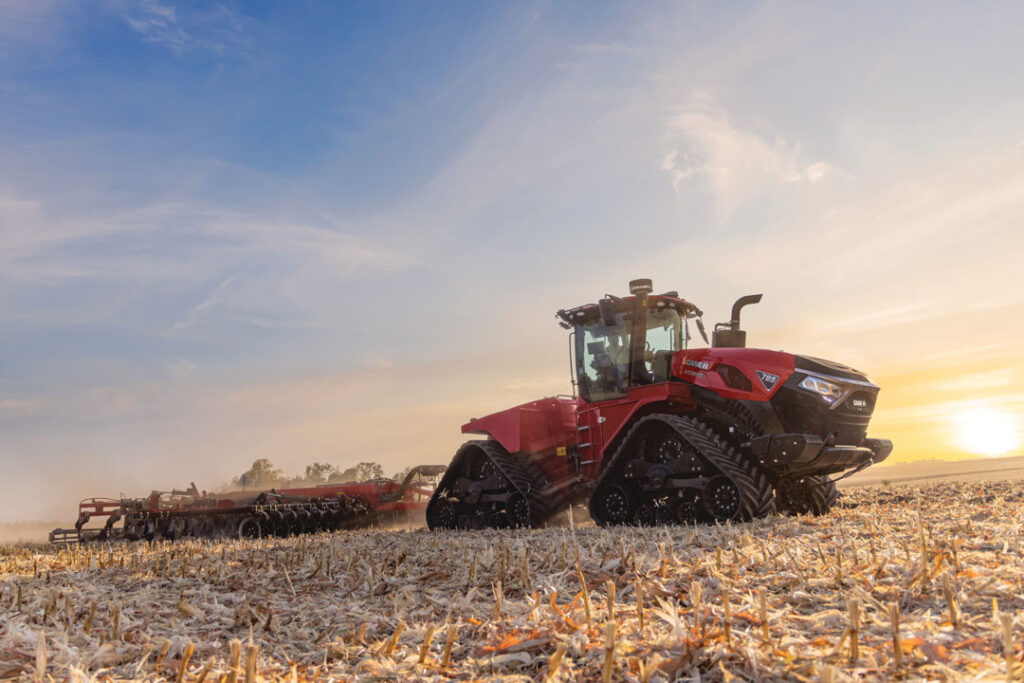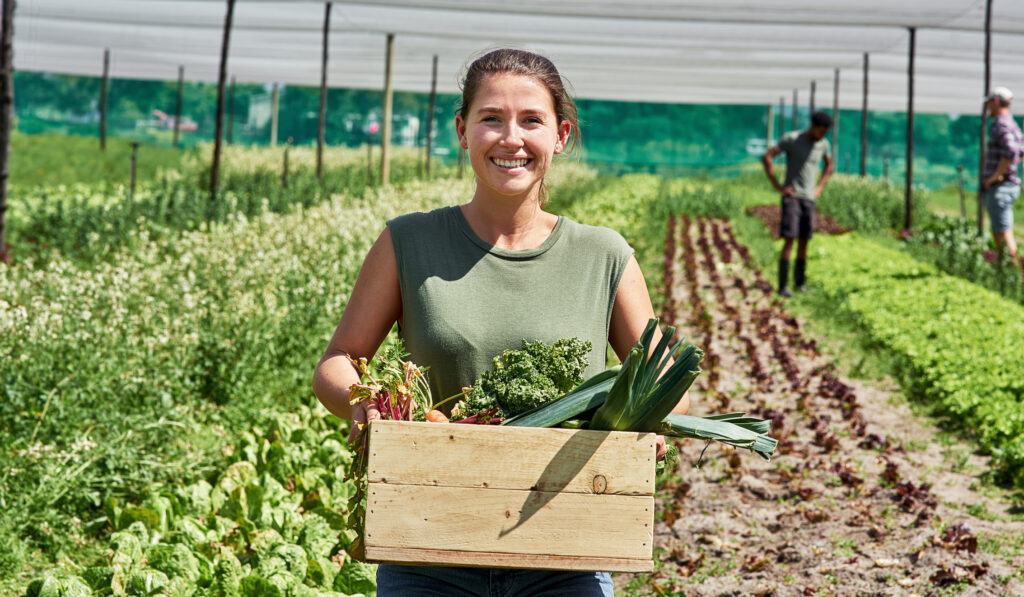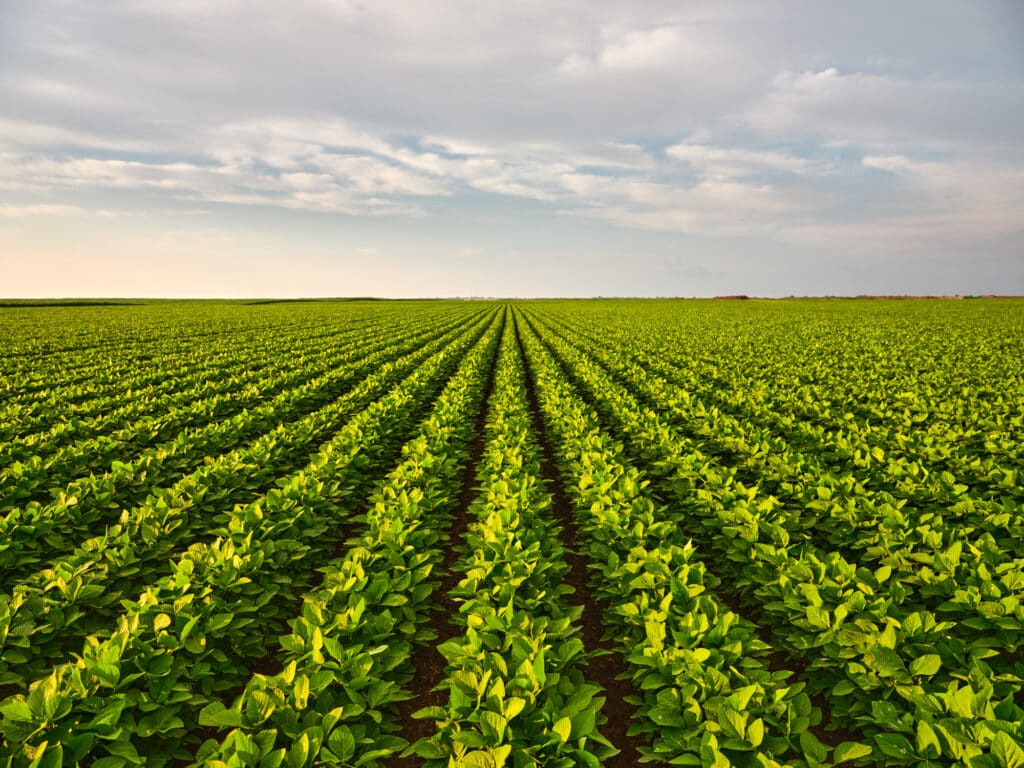Year of the farmer co-op
The United Nations and the U.S. Senate say now is the time to recognize cooperatives and the role they play in feeding the world

Think of all the hungry people.
If there is a single message coming from Chuck Conner these days, that’s it, followed by this question: How will we feed a world population that is projected to grow to 9 billion over the next 20 years?
Conner is president and CEO of the National Council of Farmer Cooperatives. He has been traveling the country to shed a little light on the role farm co-ops play in agriculture and its feed-the-world mission.
He’s on the road for a reason. Last year, the United Nations declared 2012 as the International Year of Cooperatives. Soon after, the U.S. Senate passed a resolution declaring the same thing. For Conner’s organization, it’s the Year of the Farmer Co-op.
In late May, Conner was accompanied by Jeffrey Solberg, CEO of Growmark Inc., a regional cooperative with headquarters in Bloomington, Ill., and a presence in several Iowa communities.
Solberg’s co-op was formed in 1927, when farmers needed a way to pool their funds to buy fuel for the machinery that was replacing horses. That concept applies today. Co-ops such as Growmark make bulk purchases of everything from oats to fence posts to diesel fuel and sell them at prices that are competitive with other farm suppliers. Growmark also manufactures and distributes lubricants out of Council Bluffs.
There’s little motive to sell to members at a discount. The idea is to turn a profit and, in good years, return some of that to members in a dividend that is called accrued patronage.
Though farm income is expected to drop this year, it will remain above its 10-year average after farmers generated record profits in 2011. Co-ops have generated enough earnings to return the accrued patronage to their members, Conner said.
Even if they are not a member, about 70 percent of farmers buy supplies of some sort from co-ops, he said.
“And almost every acre is touched by a co-op,” Solberg said.
Profits aside, the big issue for co-ops and all of agriculture is feeding a growing world population.
“Who will step up to produce food, but do so in a responsible and sustainable manner,” said Conner, a former deputy secretary at the U.S. Department of Agriculture.
Both men expressed some concerns about the farm bill that is being considered in Congress and regulations that could come out of various agencies, such as the U.S. Environmental Protection Administration (EPA).
They point to the EPA’s proposed rule to limit farm dust generated during harvest season. That effort was abandoned, but there are rumblings about rules that would require farmers to obtain a permit each time they apply pesiticides and herbicides on their fields.
“It seems extreme, but it’s real life,” Conner said.
Solberg said he was concerned that regulatory decisions are being based on assumptions rather than good science. He stressed that with the cost of fertilizers and farm chemicals going up, farmers will not use more than is necessary to raise a crop.
“Nobody wants this winding up in the water,” Solberg said.
So, who feeds the world? The answer shouldn’t seem too surprising, coming from two men tied to American agriculture.
If nothing else, soil and climate make U.S. farmers the clear leaders, Solberg said.
“The big issue is how can producers from various countries work together to produce more crops,” he said.
2012 forecasts from the U.S. Department of Agriculture
Production costs
Total production expenses are forecast to rise $12.5 billion (3.9 percent) in 2012 to $333.8 billion. The major 2012 crop-related expenses – seeds, fertilizer, pesticides – are projected to increase about 1 percent, and the costs of raising livestock are expected to increase 2.1 percent.
Income
Net farm income is forecast to drop 6.5 percent to $91.7 billion this year from $98 billion in 2011. Net cash income, at $96.3 billion, is predicted to drop $12.5 billion (11.5 percent) from 2011, but would remain $16 billion above the 10-year average of $80.3 billion.
Note: Net farm income is the value of production in a calendar year, regardless of whether it is sold in that year. Cash income is the measure of actual cash transactions and is a measure of solvency and the ability to pay debts.











